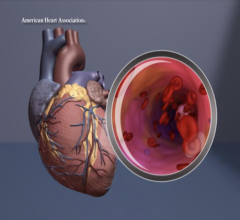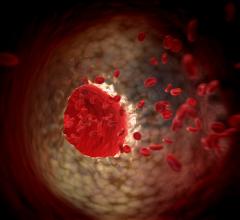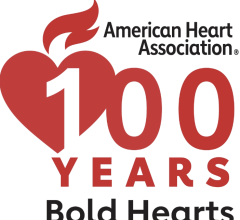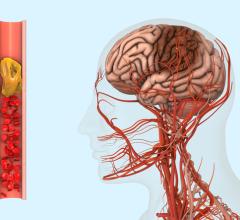
February 9, 2024 — MIVI Neuroscience, Inc. announced the primary endpoint results of its EvaQ Trial, a prospective, multi-center, global, single arm, FDA-regulated IDE trial study to evaluate the safety and effectiveness of the MIVI Q Revascularization System for treating acute ischemic stroke. The data were presented yesterday at the 2024 International Stroke Conference (AZ), a premier event featuring global thought leaders and dedicated to the latest in the science and treatment of cerebrovascular disease and brain health. A total of 17 sites and 123 patients participated across the United States and France. Results of the EvaQ Trial show the Q Revascularization System to be safe and effective for thrombectomy of Large Vessel Occlusion (LVO) strokes.
Outcomes for patients with acute ischemic stroke (a leading cause of death and long-term disability worldwide) undergoing mechanical thrombectomy are improved with complete revascularization and first pass reperfusion. The Q Revascularization System is designed to improve aspiration efficacy, compared to similar size catheters, by increasing the lumen diameter to maximize flow. The MIVI Q proprietary technology, comprised of the Q Aspiration Catheter, the Super 90 Guide Catheter, the MIVI HFT 110 High Flow Tubing and compatible vacuum aspiration pump, is a novel neurointerventional revascularization system designed to offer physicians with meaningful new options to optimize outcomes, for their acute ischemic stroke patients.
The primary effectiveness endpoint for the trial was successful revascularization defined as mTICI 2b-3 at the end of the procedure, as determined by an independent imaging core lab. The rate of successful revascularization was 93.9%, and first pass revascularization of 56.7% mTICI 2b/3. The primary safety endpoint was symptomatic intracranial hemorrhage (sICH) which was observed at a rate of 6.5%. The sICH is defined as clinical deterioration, which is an increase of 4 points or more on the National Institutes of Health Stroke Scale (NIHSS), or that leads to death and is identified as the predominant cause of the neurologic deterioration (ECASS definition), as adjudicated by an independent Clinical Events Committee.
“MIVI Neuroscience would like to thank our Global Primary Investigators Pr. Cognard, Dr. Elijovich and Dr. Jankowitz, as well as all site investigators and research teams that participated in the EvaQ Trial in the U.S. and France. We are encouraged by the results and the prospect of commercialization of the Q Revascularization System in the U.S., following FDA clearance. This is a validating milestone and demonstrates our commitment to advancing technology that could improve the outcomes for acute ischemic stroke patients, worldwide,” commented MIVI Neuroscience CEO, Bob Colloton.
Dr. Elijovich added, “MIVI has been committed to the next-generation of meaningful clinical data with their purposefully designed Q Aspiration Catheter. We are excited to share these results and continue to build on the portfolio of evidence demonstrating the safety and effectiveness of this device.”
The EvaQ Trial data has been submitted to the FDA for clearance of the Q Revascularization System. The System has received CE Mark and has been available in Europe and other international markets for five years; specifically indicated for use only for the removal of fresh, soft emboli and thrombi in the peripherals and neurovascular systems, or applied as a diagnostic angiographic catheter.
Disclosure: The Q Revascularization System as a treatment for acute ischemic stroke is currently pending U.S. clearance with the FDA, and is currently available in the U.S. under a distal access indication.
For more information: www.mivineuro.com


 July 24, 2024
July 24, 2024 








